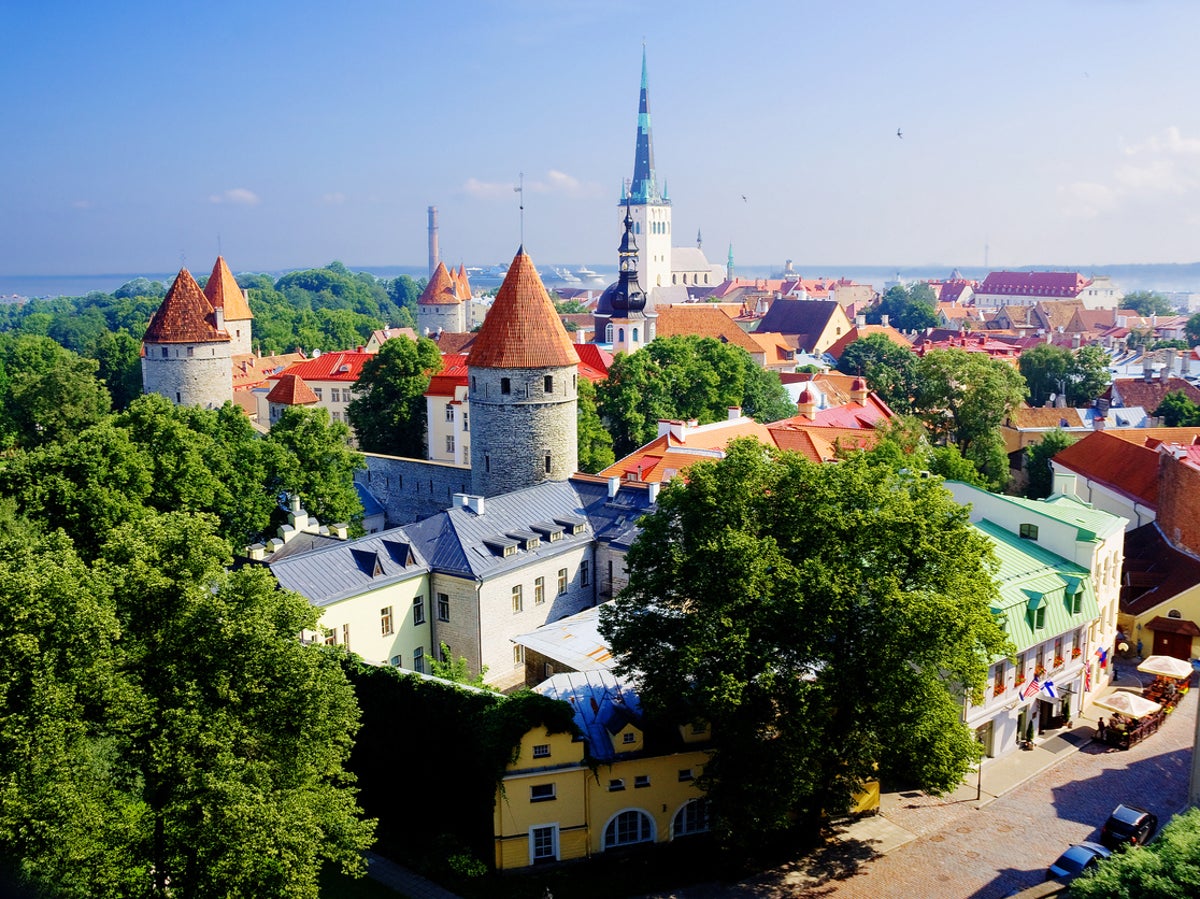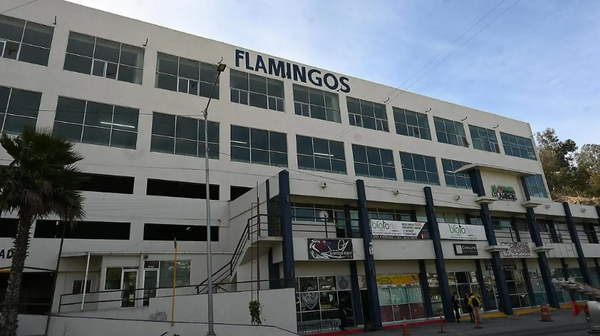
Nestled high in the Baltics, Estonia’s burgeoning popularity has long moved beyond simply the stag party crowd. Step outside the culture-filled cities, all steeped in medieval history, and you’ll find half of this compact country is pure nature, covered in dense coniferous forest and preserved peat bogs, while just off the west coast are 2,000 virtually uninhabited islands dotted with wooden windmills, blinking lighthouses and the occasional isolated community. With its famously clean air and rich cultural heritage of handicrafts and folk music, Estonia is peaceful, natural, and entirely unexpected.
Travel restrictions and entry requirements
There are no Covid-19 restrictions for travellers entering Estonia. No tests or proof of vaccination certificates are needed, and masks are not mandatory.
You can travel to countries in the Schengen area, such as Estonia, for up to 90 days in any 180-day period without a visa.
Your passport must be:
- Issued less than 10 years before the date you enter the country (check the ‘date of issue’)
- valid for at least three months after the day you plan to leave (check the ‘expiry date’)
Best time to go
Estonia’s summer is noticeably tourist-heavy, promising lively festivals, busy hiking trails, and bustling crowds enjoying the warm sunshine (20-22C is the norm). Each season has its benefits: the crisp air of spring and early autumn are beautiful times to visit, when nature comes to the fore but tourist numbers reduce.
Read more on Europe travel:
- Here’s why Tartu, Capital of Culture 2024, should be on everyone’s lips
- Turkey’s best beaches, as chosen by a local
- The best European holiday destinations to travel to by train
Winter is beautiful but chilly, with average lows of -5C, regular snowfall and just six hours of daylight in December; the popularity of Christmas markets, cosy bars, warming saunas and a handful of ski resorts makes it a magical time to visit.
Top regions and cities
Tallinn
History overlaps and comes to life in Estonia’s medieval capital. Kadriorg Art Museum is housed in a Baroque palace, Toompea Castle plays host to parliament, and street parades regularly dance between the perfectly preserved Viru Gates. The best way to explore? Get lost on foot in Tallinn’s walled Old Town, following needle-sharp Gothic church spires and steep alleyways that open into large courtyards lined with pastel painted Hanseatic merchant houses.

For panoramic rooftop views, walk along the city’s still-intact defensive walls to climb the six-storey rotund guard towers – or take the modern route with the 314m-high TV Tower’s observation deck. Tallinn’s vibrant cafe culture and teeming nightlife of subterranean bars explains its stag party popularity (check out former fishing village Kalamaja, now a popular student neighbourhood), but the edges of the capital offer the nature Estonia’s known for: Stroomi beach is primed for surfing, Paljassaare Peninsula is a birdwatcher’s paradise, and the dramatic Jägala waterfall is surrounded by hiking trails.
Tartu
Known as Estonia’s second city, Tartu is famous for its lively student population thanks to the historic and still operational 17th-century university. A boisterous and creative energy runs rampant in Tartu, past bronze statues and down wide bicycle-friendly streets that lead to playgrounds, museums and huge green spaces. The Botanical Garden is a must, as are the Gothic ruins of Tartu cathedral at Toome Hill. The Supilinn district – “Soup Town” – was once a 19th-century slum, and still features original wooden houses on streets named for soup ingredients, such as peas and potatoes.

Close by, Emajõgi Promenade’s picnickers, river swimmers and fishermen make for people-watching perfection, while Tähtvere Sports Park is great for restless travellers to expend some energy. Try to visit for Tartu’s “Student Days”, held biannually in spring and autumn, when students hold boat rallies and water jousting across the city.
Saaremaa island
Eerie and ethereal Saaremaa is Estonia’s largest island, and a historian’s dream. Over time, Saaremaa has been home to pirates and Vikings, ruled by four different nations, and even contains 7,000-year-old craters and Bronze Age stone walls at the Kaali meteorite site – all of which have led to a wealth of mythology on the island. Explore the dolomite stone castle in Saaremaa’s capital (the best-preserved medieval castle in the country) and chase ancient traditions inside the wooden Anga windmills, before immersing yourself in the adventures at Asva Viking Village. The tranquil Sõrve Peninsula, created when Estonian hero Great Tõll threw rocks at the devil, according to legend, is a haven for birdwatchers and hikers. But the best views are from the striking black and white Sõrve lighthouse: at 52m, it’s the tallest on the Baltic Sea.

Pärnu
Once a coastal summer retreat for the wealthy then a sanatorium town during Soviet occupation, Pärnu’s faded glamour still launches into life each summer. Jazz festivals held on the expansive white sand beach attract young families and “alternative” crowds, while hikers explore coastal meadows right on the seafront. Pärnu’s centrepiece, a grand neoclassical spa, sets the tone for wandering past brightly painted wooden villas set on wide, tree-lined boulevards. It’s classic seaside fun, just two hours from the capital.
Best under-the-radar destinations
Narva
Called the “wild east”, frontier city Narva teeters close to Russia’s border, divided only by a river of the same name. It’s a fascinating spot for Soviet history and architecture fans; heavily bombed in WWII, Narva experienced a rather Stalinist rebuild that is still visible today. Hermann Castle still stands despite the bombing – a 13th-century relic amid the industrialism – and offers good views of Ivangorod castle on the Russian riverbank. The city’s promenade along the river is particularly beautiful at sunset.
Kihnu
An hour’s ferry ride from Pärnu is Kihnu, an island home to just 500 inhabitants. Cultural heritage is strong here: women wearing striped woollen skirts drive sidecar motorbikes and open trucks through impossibly tall pine tree forests, explaining their uniquely traditional lifestyle to visitors. At night, a lack of light pollution means spectacular stargazing, and the island’s end-of-summer bonfire festival in August – which spans the entire Baltic coastline – reveals dozens of international fires flickering on the horizon.

Soomaa National Park
Humans have lived in the wetlands of Soomaa since the Stone Age, and this ancient wilderness of peat bogs and rivers is now home to a wealth of wildlife. Visitors can spot brown bears, wolves, elk, and golden eagles, and the Beaver Trail leads past a number of dams. Soomaa’s 40,000 hectares are best explored during Estonia’s “fifth season”, when annual springtime floods allow for kayaking, canoeing and bog-shoe hikes through the watery meadows. Raised wooden walkways are built above the boggier parts for cyclists to traverse, and Sooma’s historic farmhouses are on stilts for when the floods transform them into impromptu islands.
Best things to do
“Bikepack” along the Baltic coast
The shoreline may be rocky but Estonia’s well-maintained roads are loved by cyclists, particularly the flat terrain in the north and west. The clearly marked EuroVelo 10 route takes “bikepackers” north from Pärnu, along 981km (610 miles) of Estonia’s coast (including three islands accessed by ferry) until it reaches the Russian border at Narva. For information on free campsites and trails, visit RMK.ee.

Indulge in spa and sauna culture
While the country’s many wellness spas are famous for their luxury relaxation treatments (Pärnu’s Hedon Spa & Hotel, in particular), head to a more traditional experience at the therapeutic mud spas of Haapsalu or a southern Estonian smoke sauna with no chimney in Võromaa, complete with a chilly outdoor pond dip. Locals bring their own whisks of birch twigs (called vihta) to hit their skin with; you can purchase your own for a few euros.
Find a local festival
For a true taste of local culture and tradition, attend one of Estonia’s many festivals, like Pärnu’s beachside jazz festival each July or Saaremaa’s food festival in September. Viljandi’s folk music festival is held in the town’s medieval castle, while Kihnu’s bonfire festival marks the end of summer, ushering in Tallinn’s wintertime Black Nights Film Festival. Most special of all is the 30,000 strong choir that joins the Estonian Song Festival once every five years, filling Tallinn with a chorus of unmatched proportions (the next iteration is in 2025).
Getting around
Estonia’s tiny size means domestic flights aren’t common or necessary. Trains link Tallinn with various larger towns, and LuxExpress buses cover the rest of the country’s long-distance routes. There are well established public transit networks in major cities.

Ferries departing from Estonia’s west coast service many of the islands, and taking a hire car on board is no issue. Estonia was the first country in the world to implement nationwide charging points for electric vehicles – including on the islands – so rent-a-car road trips are particularly eco-friendly.
How to get there
The cheapest way to get to Estonia is a direct flight to Tallinn Airport, which takes three hours from London Stansted (Ryanair) or London Gatwick (easyJet). AirBaltic and WizzAir fly indirect routes from the UK.
Though there are no direct trains running from Western Europe into Estonia, fans of overlanding can arrive by taking the Eurostar, catching onward trains to Hamburg and Stockholm, then a ferry to Tallinn.
Money-saving tip
Summer in Estonia is packed with Scandinavian tourists, particularly in July. To take advantage of the warm weather and daylight hours for hiking and cycling, aim for the shoulder seasons: either in April/May or late August into September. Prices and people reduce but the cooler temperatures are still comfortable for outdoor pursuits.
FAQs
What’s the weather like?
Temperate, warm summers (18–22C) and cold, snowy winters, with a fair amount of rain throughout the year. Humidity is rather high due to forested land and proximity to the sea, and it can get much colder and windier on the coast.
What time zone is it in?
GMT+2.
What currency do I need?
Euros. While hotels and restaurants will accept cards, it’s advised to carry some cash with you.
What language is spoken?
Estonian, Finnish and Russian are the most common languages, though you’ll still find plenty of eager English speakers throughout the country, particularly among the younger generations.
Read more on the best hotels in Europe







